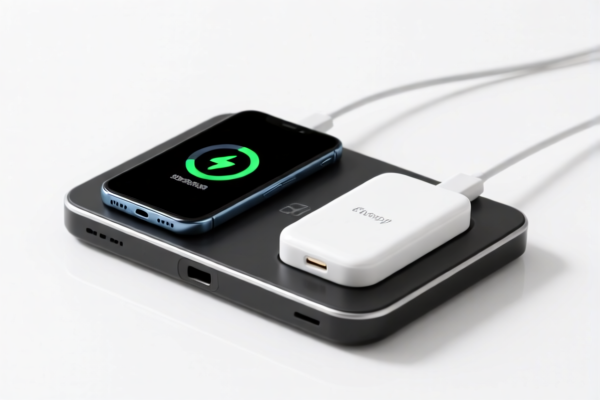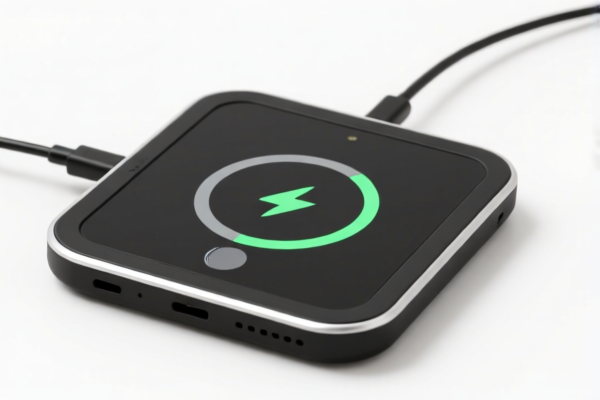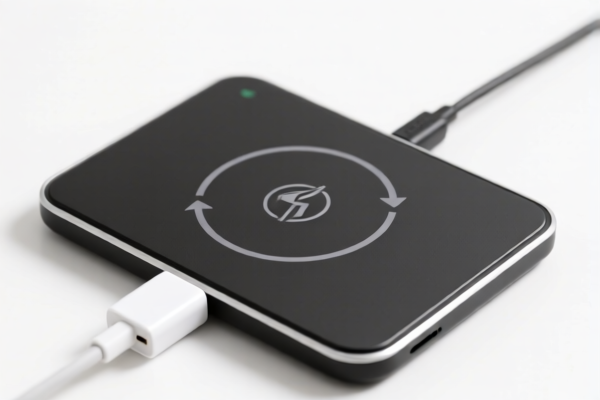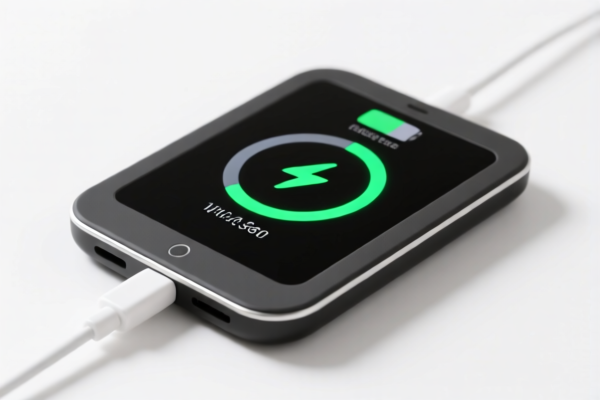| HS Code | Official Doc | Tariff Rate | Origin | Destination | Effective Date |
|---|---|---|---|---|---|
| 8537103000 | Doc | 57.7% | CN | US | 2025-05-12 |
| 8537109170 | Doc | 57.7% | CN | US | 2025-05-12 |
| 8548000000 | Doc | 55.0% | CN | US | 2025-05-12 |
| 3901909000 | Doc | 61.5% | CN | US | 2025-05-12 |
| 3901905501 | Doc | 61.5% | CN | US | 2025-05-12 |




Charging Board
A charging board is a platform designed to replenish the electrical energy of portable devices, typically through wired or wireless power transfer. They serve as a convenient and organized method for powering batteries or directly operating devices.
Material
Charging boards are constructed from a variety of materials, chosen for their electrical insulation, heat resistance, and structural integrity. Common materials include:
- Plastics: ABS, Polycarbonate, and other durable plastics form the main body of many charging boards, providing insulation and structural support.
- Metals: Aluminum alloys are frequently used for heat dissipation, particularly in fast-charging designs. Copper is used extensively in wiring and conductive elements. Steel may be incorporated for structural reinforcement.
- Printed Circuit Boards (PCBs): The core of the charging circuitry resides on a PCB, typically made of fiberglass-reinforced epoxy.
- Silicon: Used in semiconductors for power regulation and control.
- Wireless Charging Components: Ferrite sheets and coils are essential for inductive charging boards.
Purpose
The primary purpose of a charging board is to provide a controlled and efficient means of:
- Battery Charging: Replenishing the energy stored in rechargeable batteries found in smartphones, tablets, laptops, cameras, and other portable electronics.
- Direct Power Operation: Some boards allow devices to operate directly from a power source without relying on a battery, useful for devices with pass-through charging.
- Organization: Consolidating charging for multiple devices in a single location, reducing cable clutter.
- Data Transfer: Many boards include USB ports that facilitate data synchronization and file transfer between devices and computers.
Function
Charging boards function based on established power transfer principles:
- Wired Charging: Utilizes a physical connection (USB, USB-C, Lightning, etc.) to deliver direct current (DC) power to the device. The board incorporates a power adapter to convert alternating current (AC) from the wall outlet to the appropriate DC voltage and current required by the device.
- Wireless Charging: Employs inductive power transfer. A transmitting coil in the charging board generates an electromagnetic field. A receiving coil in the device converts this field back into electrical energy. Wireless charging standards like Qi are commonly used.
- Power Regulation: Integrated circuitry regulates the voltage and current delivered to the device, preventing overcharging, overheating, and damage.
- Charging Indicators: LEDs or displays provide visual feedback on the charging status of connected devices.
- Protection Circuits: Safeguards against short circuits, overcurrent, and voltage fluctuations.
Usage Scenarios
- Home/Office: Centralized charging station for personal electronics.
- Travel: Portable charging solutions for on-the-go power.
- Public Spaces: Charging kiosks in airports, cafes, and libraries.
- Retail: Display and charging solutions for electronic devices.
- Automotive: In-car charging for smartphones and tablets.
Common Types
- USB Charging Boards: The most common type, utilizing USB-A, USB-C, or Lightning ports. May feature multiple ports for simultaneous charging.
- Wireless Charging Pads: Utilize Qi or other wireless charging standards. Available in various sizes and designs.
- Multi-Device Charging Stations: Combine multiple USB ports and wireless charging pads in a single unit.
- Fast Charging Boards: Support fast charging protocols like Quick Charge, Power Delivery (PD), and Adaptive Fast Charging.
- Desktop Charging Docks: Designed to hold and charge specific devices, often with additional features like data synchronization.
- Magnetic Charging Boards: Utilize MagSafe or similar magnetic attachment systems for secure and efficient wireless charging.
- Solar Charging Boards: Integrate solar panels to harvest energy from sunlight for charging devices.
Based on the provided information, a “charging board” could potentially fall under several HS codes, depending on its specific composition and function. Here's a breakdown of possible classifications:
- 8537103000: This code covers boards, panels, consoles, desks, cabinets, and other bases equipped with two or more apparatus of heading 8535 or 8536, for electric control or the distribution of electricity, including those incorporating instruments or apparatus of chapter 90, and numerical control apparatus, other than switching apparatus of heading 8517. Specifically, this applies to those assembled with outer housing or supports for goods of headings 8421, 8422, 8450 or 8516, and for a voltage not exceeding 1,000 V. The total tax rate is 57.7%, comprised of a 2.7% base tariff, a 25.0% additional tariff, and a 30.0% additional tariff effective April 2, 2025.
- 8537109170: This code also covers boards, panels, consoles, desks, cabinets, and other bases equipped with two or more apparatus of heading 8535 or 8536, for electric control or the distribution of electricity, including those incorporating instruments or apparatus of chapter 90, and numerical control apparatus, other than switching apparatus of heading 8517. However, this applies to “Other” types, not specifically assembled with outer housing or supports for goods of headings 8421, 8422, 8450 or 8516. The total tax rate is 57.7%, comprised of a 2.7% base tariff, a 25.0% additional tariff, and a 30.0% additional tariff effective April 2, 2025.
- 8548000000: This code covers electrical parts of machinery or apparatus, not specified or included elsewhere in this chapter. The total tax rate is 55.0%, comprised of a 0.0% base tariff, a 25.0% additional tariff, and a 30.0% additional tariff effective April 2, 2025.
Important Considerations:
The classification between 8537103000 and 8537109170 depends on whether the charging board is assembled with outer housing or supports for goods of headings 8421, 8422, 8450 or 8516. If it is, 8537103000 is the appropriate code. Otherwise, 8537109170 should be used. If the charging board is simply a component without the characteristics described in 8537, then 8548000000 may be more suitable.
Customer Reviews
No reviews yet.